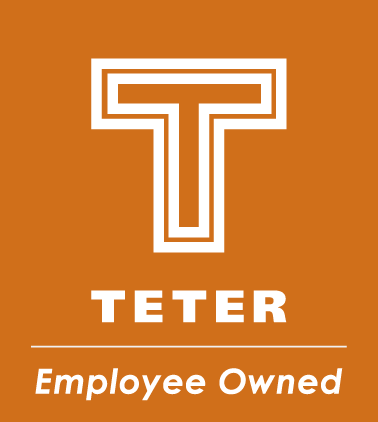Clay Davis and Robert Thornton, Partners & Architects, contribute their thoughts about school construction
Originally printed in The Business Journal on March 5, 2021 by Frank Lopez
We are nearing the one-year mark since the Coronavirus halted the U.S. economy.
One of the more unfortunate situations to arise out of the disruption from the Covid-19 pandemic is the shuttering of schools and colleges across the country.
According to a 2020 report from the Harvard T.H. Chan School of Public Health, delaying schools reopening until 2021 could lead to reductions in lifetime earnings of 1.6%, 3.3%, and 3.0% for white, Black, and Hispanic students, respectively, over a 40-year working life.
The school closures also prevented parents and caregivers, including potentially 30% of health care workers, from fully returning to work.
Before the onset of the pandemic, school construction in the Central Valley had been moving along with projects including the Matilda Torres High School in Madera, a project on the grounds of the former Fresno County Juvenile Hall, Janet Young Elementary in Clovis, a new elementary school in Lemoore and Sequoia High School in Visalia.
Even with the recent activity in school construction, permitting for commercial building has seen a significant drop.
According to the Construction Monitor, from January 2021 to March, commercial permitting has totaled 164 permits with a $124,042,123 value for the Central San Joaquin Valley.
During that same time span in 2020, a total of 269 commercial permits were issued with a total value of $138,230,524.
Even with a drop in commercial activity, since construction was considered an essential industry, contractors, builders, as well as engineers and designers in the Central Valley have been busy building and designing new schools as well as medical training facilities.
Med school days
Clay Davis, partner and architect at TETER Architects and Engineers in Fresno, said that firm is currently working on two major medical school facilities in the Central Valley, but there is no authorization from the clients to release any information on the exact locations.
One of the projects features three major spaces — a basic nursing skills and lecture and lab area with a combined 3,000 square feet that could fit 50 students.
Another space for the higher level nursing program features a set up of three different simulation lab areas and a debriefing room.
The second project is a paramedic skills space that covers about 2,500 square feet and is set up with a lecture component and skills training, which features a simulation ambulance situation.
Since the pandemic started, he is seeing more inquiries about HVAC systems and ultraviolet sanitizers for existing HVAC systems for the residential and private side.
That trend is also being seen in public sector projects, including schools.
More districts are looking at ways to increase the physical distancing between teachers and students on school grounds.
Robert Thornton, partner and architect at TETER, said that the state has seen a decreasing population, especially in school aged children, but the Central Valley has generally bucked that curve.
“It’s been really hard this last year and half to accurately track what’s happening because most school districts saw a huge drop in their enrollment during Covid. As kids migrate back into the school system, the districts will be able to see the ongoing growth and the need for more schools.” – Thornton said.
Davis said that he is more involved with a single story project that covers 23,200 square feet and will feature training facilities for EMTs, paramedics, nursing, state of the art distance learning facilities, lecture and science labs and observation rooms. With the shock in the economy due to Covid-19, Davis predicts that retail space that was once occupied by businesses that didn’t survive the pandemic will be bought and fitted for new businesses.
“I think a lot of businesses will be going out of business, mainly in the restaurant side, so I think there will be a lot of reshuffling and new businesses coming into existing shops. We will also see an influx of new businesses coming to the Fresno area with more people and businesses departing the Bay Area and Los Angeles to look for somewhere cheaper,” Davis said.

